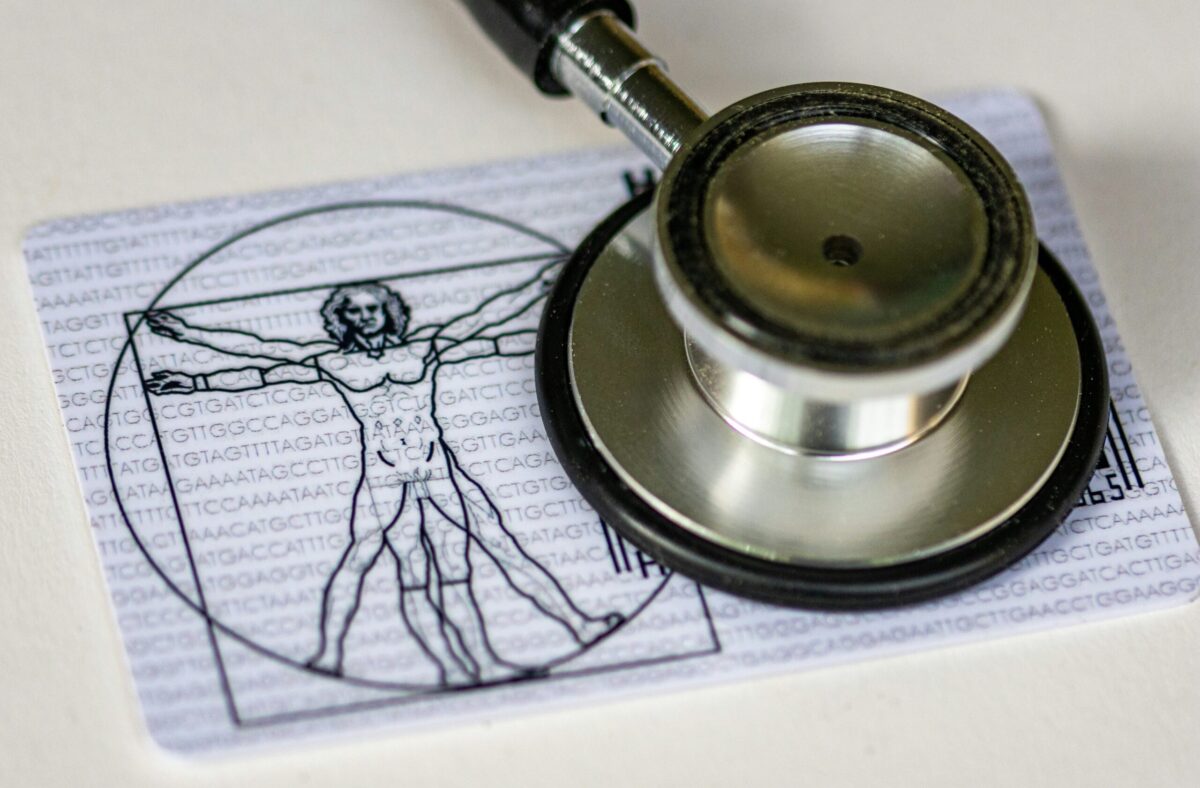 #Essays
#Essays
Borderline personality disorder: Early detection and appropriate treatment are essential for an effective outcome
Adequate knowledge of clinical presentations and diagnostic criteria helps mental health professionals detect and treat the disorder
 Our growing knowledge of borderline personality disorder is one example of how research, education, and healthcare can be orchestrated in a way that benefits the patient, reduces stigma, and increases access to treatment | Image: Shutterstock
Our growing knowledge of borderline personality disorder is one example of how research, education, and healthcare can be orchestrated in a way that benefits the patient, reduces stigma, and increases access to treatment | Image: Shutterstock
Approximately 0.7% to 2.7% of the population, in addition to their family members, deal with the daily emotional pain and negative social, academic, and workplace consequences of borderline personality disorder (BPD), the most studied and one of the most relevant in this category of mental disorders.
Among patients who seek care at primary care settings, mental health clinics, and psychiatric hospitals, the prevalence is even higher, at 6%, 12%, and 22% respectively.
Despite these figures, BPD has traditionally remained on the edges of the curricula of medicine and psychology courses, making it difficult for health professionals to learn the skills needed for early diagnosis and appropriate treatment.
However, thanks to new research, the situation has been changing in recent years.
To navigate different social environments, deal with challenges at work, and make good decisions, a stable psyche is necessary, which does not occur with BPD. The disorder is characterized by intensely turbulent emotions, thoughts, and behavior.
In its classic presentation, patients suffer significant difficulties regulating their emotions from an early age, which can be exacerbated by adversities in childhood, such as family conflicts and bullying.
In adolescence and adulthood, symptoms include irritability and a marked hypersensitivity to rejection, as well as difficulties developing a stable sense of identity, self-esteem, impulse control, and the ability to reflect on the mental state of oneself and others. Patients report that relatively common stressors, such as a disapproving look, the possibility of a relationship ending, or a low score on a test, can trigger intense negative emotions, such as anguish and anger; suicide attempts; episodes of self-harm; and even dissociation, paranoia, and hallucinations.
In addition to this avalanche of symptoms, people with BPD, who already feel extremely bad about themselves, frequently face stigma and prejudice—including, unfortunately, from many health professionals.
Even in the twenty-first century, patients still hear disparaging remarks such as “people who attempt suicide don’t really want to die,” “they’re just looking for attention,” and “it’s all about manipulation.”
Diagnostic criteria
Other psychiatric disorders that occur at similar rates in the population are more studied by and more often taught to medical students due to a range of factors.
A classic example is bipolar disorder, the clinical presentation of which has been established in a way that is more in line with current definitions since the mid-nineteenth century, about which there are at least five times as many published studies, and on which physicians receive much more training.
Borderline personality disorder, meanwhile, was only added to international psychiatric classifications in 1980, when pioneering empirical studies by John Gunderson and the theoretical concepts of Otto Kernberg allowed for a better clarification of the diagnostic criteria.
In addition to having been introduced to science later, BPD has historically been interpreted negatively and personally by professionals, who often see the symptoms—such as uncontrolled anger and swings between idealizing and devaluing other people—through a pejorative lens, rather than a diagnostic one.
In extreme cases, we have seen even well-intentioned professionals reduce BPD to a narrow set of characteristics deemed socially undesirable, due to misinformation.
During case discussions among colleagues about certain patients who meet full criteria for BPD, it is not uncommon to hear things like: “I like this patient, he can’t be borderline.”
There is also a great therapeutic nihilism in the medical field that contaminates patients.
Unlike other mental disorders—depression and schizophrenia, for example—biological therapies such as medications and neuromodulation techniques have a limited effect on borderline personality disorder.
There is also a prevalent belief that in adulthood, personality is immutable. So many psychiatrists, fearful of causing their patients distress, make two mistakes:
- Not diagnosing BPD in adolescence in the hope that it will improve on its own with time, thus delaying treatment
- Not diagnosing BPD in adults, believing that the personality is already set in stone and there is therefore nothing that can be done
Patients often receive alternative diagnoses, such as depression, anxiety, or bipolar disorder, which in these cases are inadequate or explain only part of the problem. They are then frequently overmedicated and referred to psychotherapies that are ineffective against the real problem.
Research and classification
In terms of research, due to the high risk of suicide and self-harm and the fact that psychotherapy is generally more effective than pharmacological treatment, there is less funding for BPD studies.
There has also been criticism of the specificity of personality disorder diagnoses, which are currently being modified and include two parallel classification systems.
However, we know that limited diagnostic accuracy in psychiatry is not exclusive to these disorders and that classification systems are constantly evolving, as is typical of science.
Given how common BPD is and the severity of the functional impairment, it is essential that we combat the ignorance about the condition that still permeates the health system and better prepare professionals to diagnose and treat the disorder.
Fortunately, a number of new strategies based on scientific evidence have been developed for this purpose.
After the diagnosis was officially established in the 1980s, the following two decades were marked by a series of advances.
Marsha Linehan developed dialectical behavioral therapy, the clinical trials of which demonstrated that BPD, previously considered untreatable, improved considerably when treated with specialized psychotherapy.
Later, several other methods proved effective in clinical trials, such as mentalization-based treatment, transference-focused psychotherapy, and schema-focused therapy.
At the same time, Mary Zanarini and other researchers conducted two major longitudinal studies which empirically demonstrated that over years, the symptoms of most patients gradually diminished, to a point where they no longer reached the threshold for diagnosis.
Studies on genetics, neuroimaging, and endocrinological changes highlight the existence of biological and innate components of the disorder, meaning it is not solely a product of the environment, as was previously thought.
Altogether, the findings of these studies reveal that BPD patients are highly sensitive to stress, feeling intense emotions that are not adequately counterbalanced by hormonal mechanisms, impulse control, or proper reflection and decision-making capabilities.
In the twenty-first century, with a better prognosis and more effective psychotherapies available, further research has shown that providing a BPD diagnosis and explaining it openly is generally well received by patients and their families, contrary to previous assumptions. This process itself, known as psychoeducation, helps to reduce symptoms, demonstrating the impact of self-awareness.
Access to treatment
Despite the importance of these advances, there is another barrier that still needs to be overcome: ensuring that the majority of patients have access to quality treatment.
With Good Psychiatric Management for Borderline Personality Disorder, Gunderson and Paul Links showed that generalist, well-structured, and manual-based treatment can be as effective as specialized therapies—which demand a significant investment of time and money to train professionals and provide access to patients.
Other generalist treatment approaches developed at academic institutions around the world have also managed to achieve rates of efficacy similar to intensive specialized treatments.
Furthermore, research has shown that after training in these approaches, clinicians reported less stigma and greater confidence when treating patients with BPD.
Brazil has played a relevant role in the development of compact BPD training methodologies for healthcare professionals.
The Institute of Psychiatry at the School of Medicine of the University of São Paulo took part in an international project led by Lois Choi-Kain of Harvard University and Carla Sharp of the University of Houston, adapting Good Psychiatric Management for adolescents.
In Brazil, the project has been used in the training of professionals who work in the country’s public health system (SUS) and in private healthcare, to promote early detection of BPD and intervention, which can greatly alter the outcome for people with the disorder.
Over the past decade, these efforts have resulted in a situation that would once have been unthinkable: mental health professionals are now competing for spots at training centers for borderline personality disorder, a diagnosis that many clinicians in the past would not have wanted anything to do with.
Our growing knowledge of BPD is one example of how research, training, and clinical care can be orchestrated in a way that benefits the patient, reduces stigma, and increases access to treatment.
Marcelo Brañas is a psychiatrist, co-director and co-founder of the Outpatient Clinic for the Development of Relationships and Emotions (ADRE) at the Institute of Psychiatry, Hospital das Clínicas, USP School of Medicine (IPqHCFMUSP), and an official Good Psychiatric Management trainer, by the Gunderson Personality Disorders Institute at McLean Hospital, Harvard Medical School (USA).
Opinion articles do not necessarily reflect the views of Science Arena or Hospital Israelita Albert Einstein.
*
This article may be republished online under the CC-BY-NC-ND Creative Commons license.
The text must not be edited and the author(s) and source (Science Arena) must be credited.



